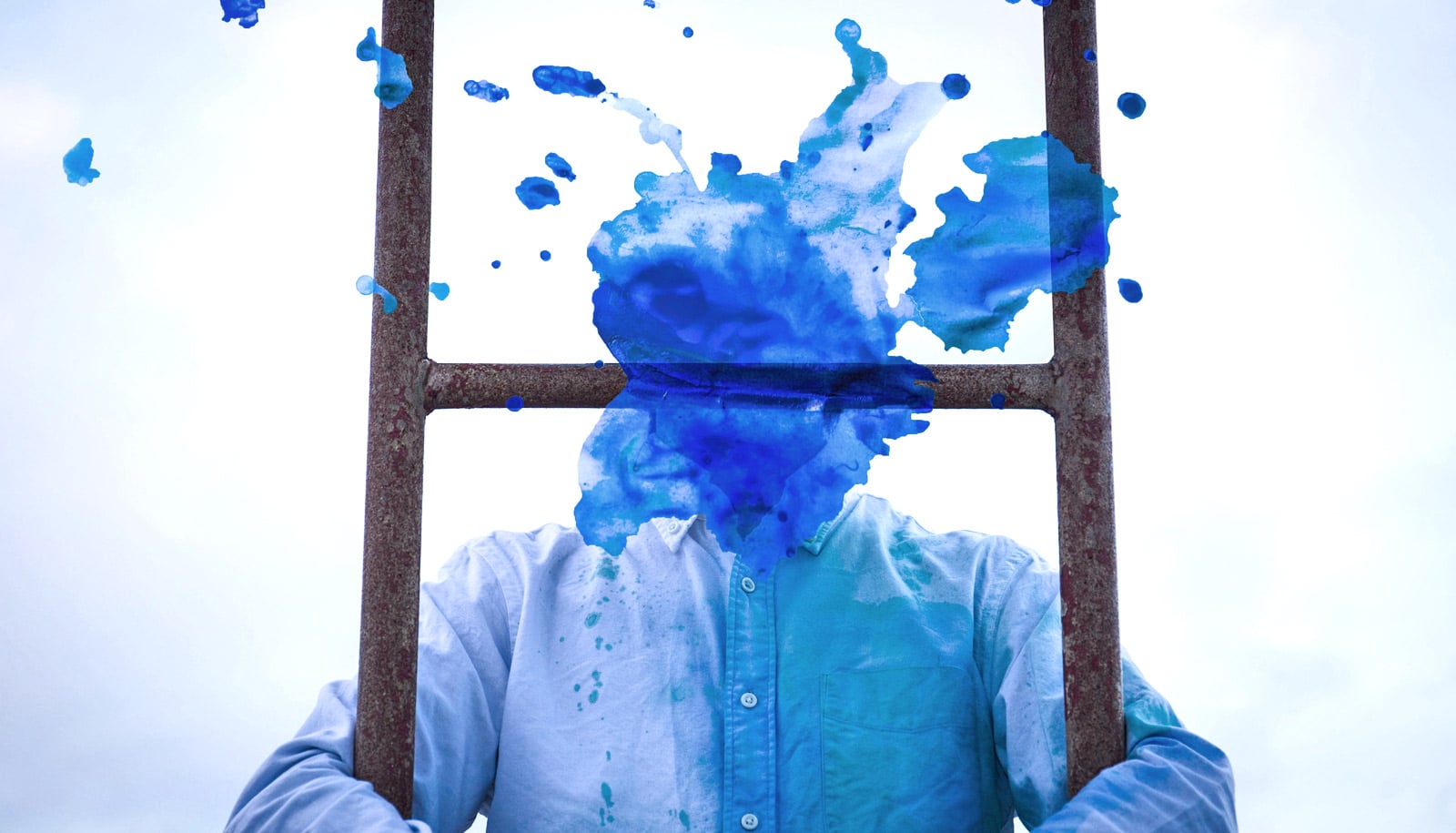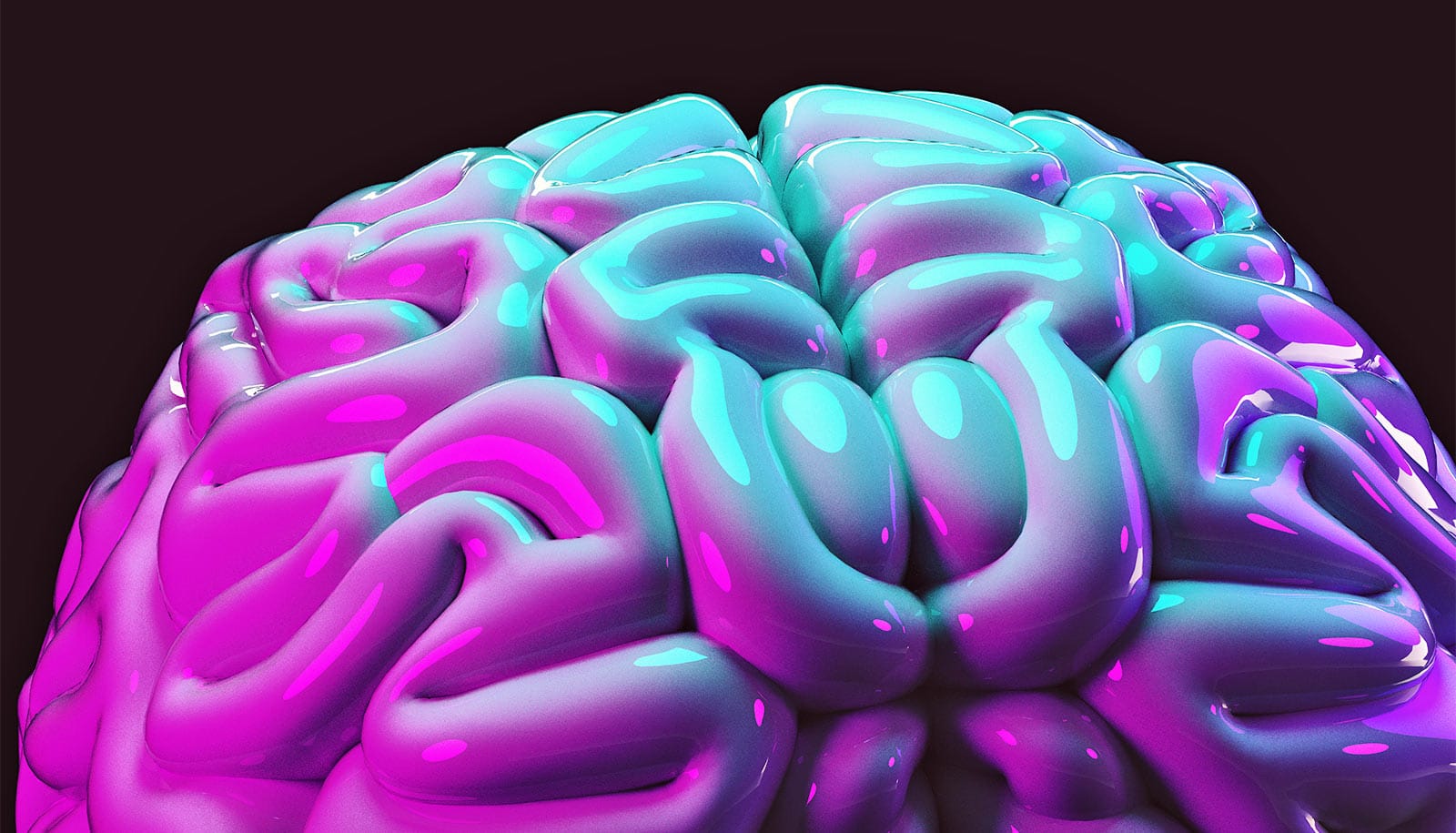How do molecules, cells, neurotransmitters, and other brain “stuff” create the abstract experience of self-awareness? Despite massive breakthroughs in the field of neuroscience over the last century, this question continues to baffle both scientists and philosophers.
In his new book, The Consciousness Instinct: Unraveling the Mystery of How the Brain Makes the Mind (Farrar, Strauss, and Giroux, 2018), Michael Gazzaniga, a professor of psychology at the University of California, Santa Barbara, and director of the university’s SAGE Center for the Study of the Mind, examines what he refers to as this “problem of consciousness.”
And, he notes, the fact that the word “consciousness” means different things to different people and is influenced by personal, cultural, and religious stories adds yet another layer to the complexity of the problem.
“There wasn’t even a word to talk about our current subjective experience until Descartes began using the word around the late 16th century,” Gazzaniga says.
“We have to think about this from the perspective that something can have dual natures, such as how light can be a particle and a wave.”
“Throughout the last 2,000 years, three predominant ideas about how consciousness works have become accepted,” he continues. “The Greeks first said that the brain/body creates consciousness. Then, 1,400 years after that came the idea that the brain/body does it, but upon death a ‘soul’ survives the body. And finally, with the onset of dualism, came the idea that the brain is mechanical, but the mind is floating around and makes contact with the brain in a particular spot.
“Therefore,” Gazzaniga goes on, “consciousness either comes from a particular spot in the brain—be that the pineal gland or otherwise—or it comes in and animates us and then leaves us at death.” This simplified snapshot is what experts in the field have been working with up until the present day.
In his book, Gazzaniga uses the metaphor of the system of democracy to help explain his take on consciousness. “Consciousness is a ‘thing’ the way democracy is a ‘thing’—it’s not something you can put on the table; it’s a process,” he says. “It’s a summation of processes that all happen in parallel and our consciousness is a product of these interacting parts.”
This concept of modular organization suggests that specialized areas of the brain do different things, and consciousness itself is the amalgamation of thousands of those processes happening at the same time. Specialized capacities come up one at a time, he explains, and through time they are stitched together to give the illusion of a unified consciousness. In effect, each individual part of the brain is doing its respective job, and each then passes information to the next level of command. This continues until the thought or function—say, sight or sound—becomes apparent.
“There are many layers behind the curtain, so to speak,” Gazzaniga says.
Your brain works a lot like a sand pile
The real question, though, is how to figure out how those layers communicate with one another. What is the protocol? “We have to think about this from the perspective that something can have dual natures, such as how light can be a particle and a wave,” he says, adding, “but we don’t yet know how that works.”
But what does all this say about the nature of the spirit or soul and how the problem of consciousness fits into the discussion? And does reducing consciousness to a complex set of biological processes wring out all the beauty and mystery?
“Understanding how a thing functions doesn’t mean you can’t appreciate its beauty, or that this knowledge depreciates it in your eyes somehow” Gazzaniga says. “This concern that somehow we are lessened by knowing more boggles my mind.”
From his perspective, scientific understanding of the problem of consciousness will not stop people from telling and believing in their cultural and personal stories. “We won’t give up the ghost because we know how the heart works,” he says.
Source: Chantal Peterson for UC Santa Barbara



